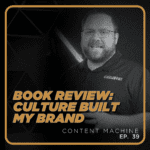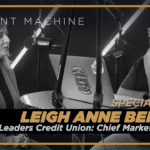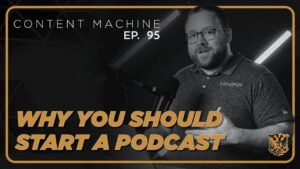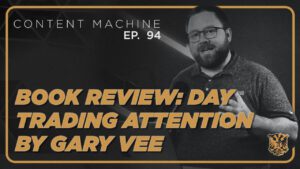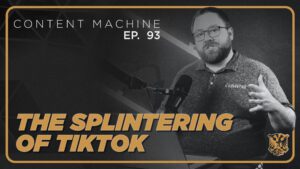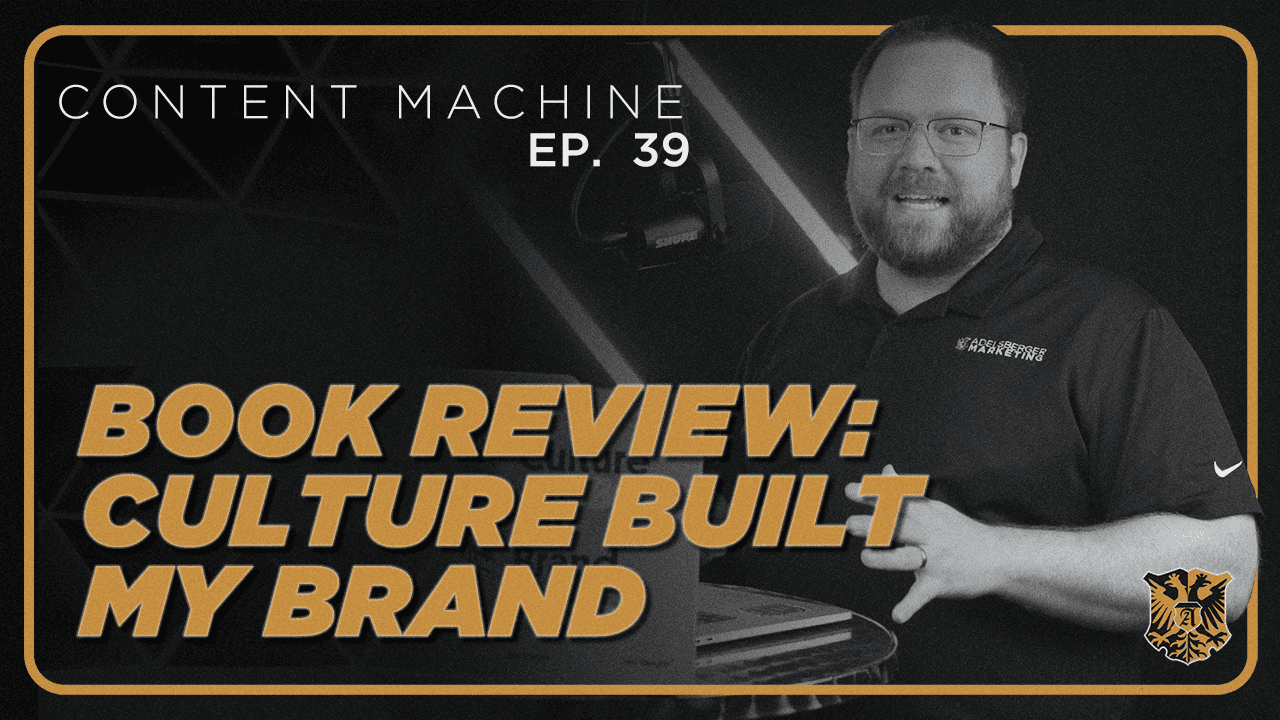
Culture is key to success in a business. It attracts talent, it retains talent, and that overflows to your customer’s experience. Sometimes broken culture isn’t obvious because we like to blame things that are easier to see. But as this book says, your company will only be as profitable as your culture allows it to be. Sometimes companies treat the symptoms and not the problem. One of the good things about this book, Culture Built My Brand, is that while good culture is frequently pointed to as a way to keep and retain employees, Mark Miller and Ted Vaughan, the authors, point to its value in winning more customers. After all, the reason you want to keep good employees is to keep value in your business. Turnover can hurt customer relationships and cost enormous amounts for recruitment and training. It also helps to point to the value of it to those who don’t get it. Company culture is not just a nice thing to have, it’s crucial to building a business that will last in the long term. Here are some of the insights and parts that I really enjoyed from this book. One, everything in your business should point to the culture you want to build.
From the budget to the communication tools, these things should be culture-oriented. Building a culture that wins is in the DNA of a business. One of the sections I really enjoyed in this book was about rituals. What are repeatable things that you can use to build culture? At Adelsberger Marketing, we have two weekly meetings and one quarterly meeting that we use to try and instill our culture’s core values of responsibility, team, and creativity. But annually, we have an event that reflects on our values for our team members as well. When I give our annual state of the firm talk and then talk about next year, I always review the last year by reviewing how different areas reflected the mission of our firm. Using your mission statement to review the life of your firm or your business is a great way to integrate the two things. And these rituals extend to onboarding as well. A company of our size, we do not onboard staff super frequently, but we onboard interns three times a year, which gives us a test of our systems regularly. We always start a new onboarding process with a team lunch to help the new hire get on a first-name basis with the rest of the team.
This book also recommends sending out new hire kits with swag, having staffs and greeting cards to clients, and a lot of other practical and implementable ideas. The last thing I want to highlight here is the importance of developing a company vocabulary. Talking about anything is difficult without the right vocabulary. We run into this all the time with clients when we were talking about creative things like design. Again, imagine a customer trying to explain that they don’t like a gradient without knowing the word gradient. Eventually, we will be able to figure out what they mean, but how much time is saved, and how much meaning is conveyed by using the right word at the start. Our company has many internal vocabulary words like clarity, which is based on our annual theme this year. But when one of us says clarity, we know that someone needs to pause and give more information. And these words help build a culture by building something that only insiders will know. And it’s a great way for my team to give me a hard time. It will save time and build relational trust with anybody who knows the same vocabulary. This book is one of the best I have read on culture building.
If you get it, let me know. I would love to discuss it with you. The title is “Culture Built My Brand” by Mark Miller and Ted Vaughan. Do you have any rituals in your business that help grow the culture? I’d love to hear about them. Shoot me an email, kevin@adelsburgermarketing. Com. Thank you for listening to this episode of the Content Machine Podcast. If you found it helpful, please send it to a friend. See you on the next episode.

